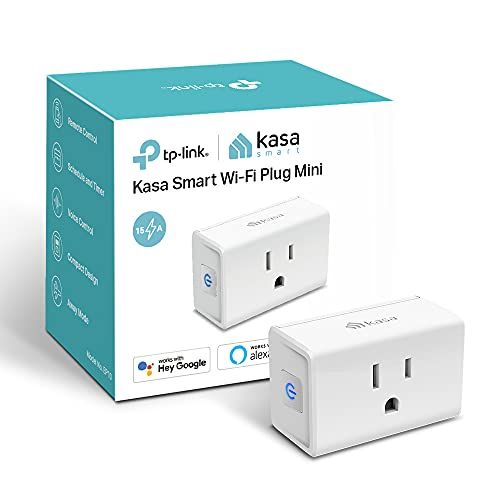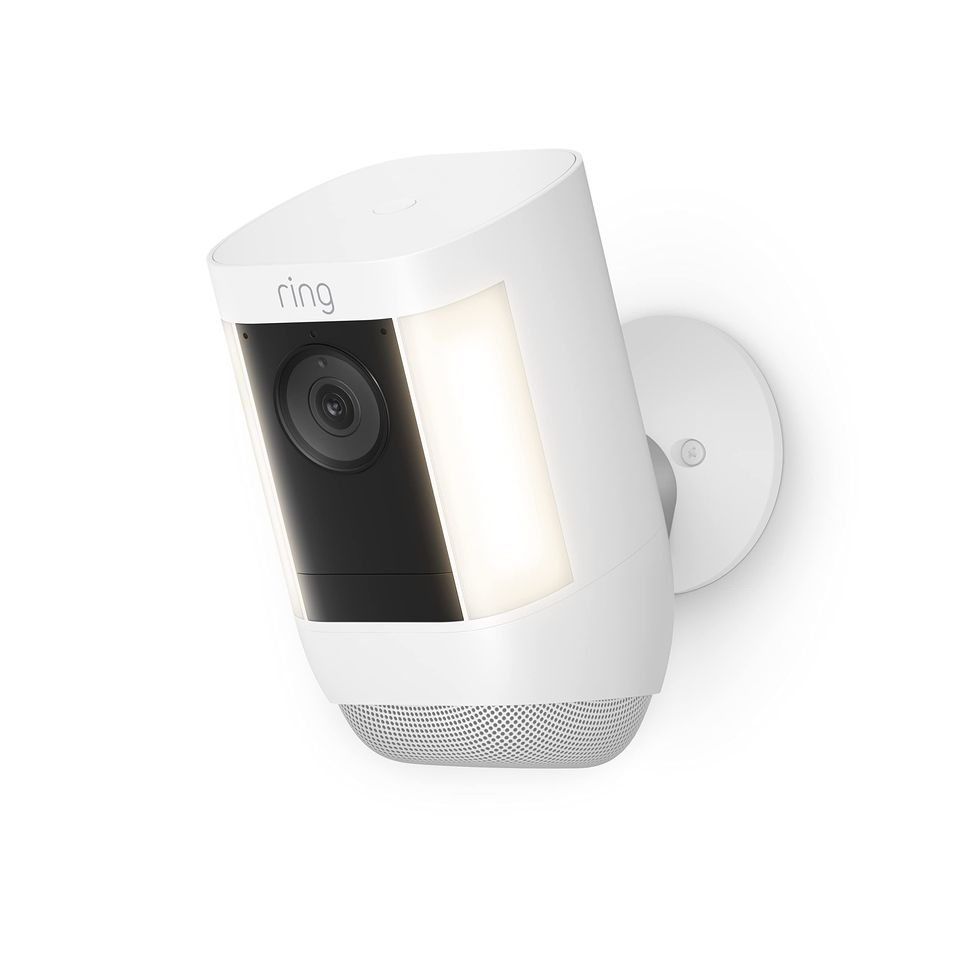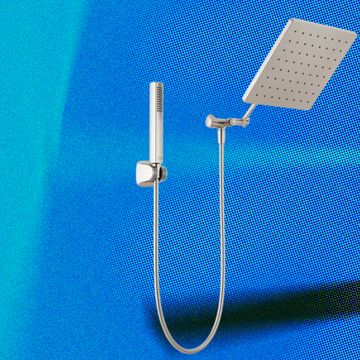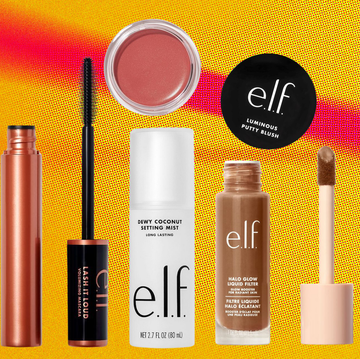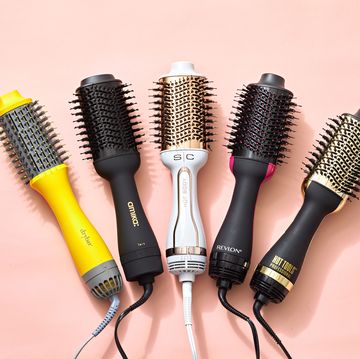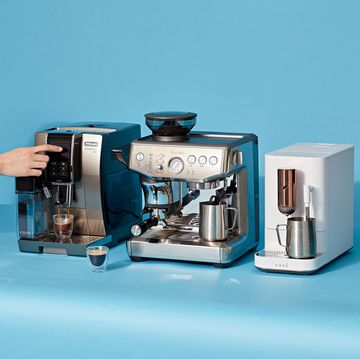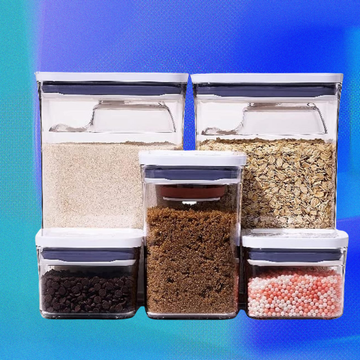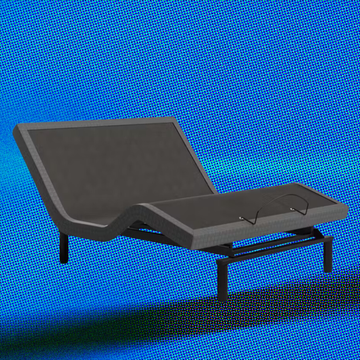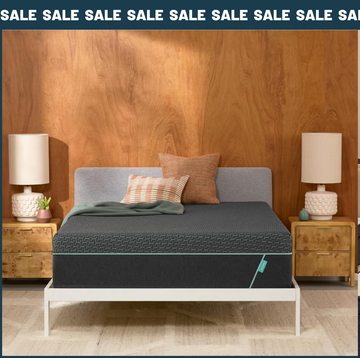The bags are packed, the mail is on hold and you’ve enlisted a trusted neighbor to keep an eye on things while you're away. But before you leave for the big vacation, run through the following home security checklist, from our experts in the Home Improvement & Outdoor Lab at the Good Housekeeping Institute. Then you can sit back and relax, knowing your home will be just as you left it when you return.
Set the thermostat.
Though you don’t want to waste money cooling your home when you’re away, an excessive build-up of heat and humidity can invite mold and mildew. Steamy conditions can even create a fire hazard, for example if the refrigerator or other large appliance overheats from working too hard. Setting the temperature between 80 ° F and 85° F will prevent dangerous conditions without eating up too many energy dollars.
Smart thermostats make it easy to program temperatures for your home, and you can also control and monitor the device remotely through the smart phone app, in case you forget to set the temp before leaving.
Temperature control is even more critical during winter trips, because freezing conditions inside the home can lead to frozen pipes. Set the temperature to at least 55° F to stay safe while you’re on the ski slopes or tropical island.
Arm the security system.
After you lock the windows and doors, be sure to check the security system. It’s a good to get in the habit of arming the system every time you leave the house, even if you’re just running to the supermarket. If you have a professional security system, notify the company with your plans. If you’re going to be away for a few weeks or longer, let the local police department know as well.
Don’t have a security system? Consider one of the DIY-friendly smart home security systems available to consumers. Our experts were impressed by the ease and efficacy of SimpliSafe, which invented the category 15 years ago. The Ring Alarm Pro won a Good Housekeeping Home Reno Award on the strength of its comprehensiveness, protecting against not just break-ins, but also floods, freezing temperatures, fires and more.
Unplug electronic devices.
Plugged-in devices pose a serious fire hazard, since a sudden power surge can cause them to overheat. Many electronics also use electricity when they’re not in use (“vampire power,” as it's known), so you’re losing money by leaving them plugged in.
Rechargeable batteries, like those used for e-bikes and power tools, are among the most dangerous devices, so be sure to unplug them and store them at room temperature. Heat-generating small appliances, including toaster ovens and electric kettles, are also on the must-unplug list.
Put the lights on a timer.
One of the oldest tricks in the book is still tops at deterring would-be burglars, by making the home appear occupied. Our experts are big fans of smart plugs and smart bulbs, both of which let you program lights to turn on and off at random times of the day — unlike mechanical timers, which tend to be more predictable, turning lights on and off at the same time every day.
Safeguard the yard.
Store any valuables, like expensive patio furniture or outdoor speakers, in the garage or shed. Our experts also recommend putting away lawn chairs, outdoor toys, and any other items that could become airborne in heavy winds, say if a hurricane or tropical storm blows through while you’re away.
Make sure any outdoor security cameras are fully charged. If you don’t own any, now is a good time to make the investment. Studies show that the mere presence of an outdoor camera is enough to make burglars think twice about hitting your home.
Having written thousands of product reviews and how-to articles on all aspects of home ownership, from routine maintenance to major renovations, Dan (he/him) brings more than 20 years of industry experience to his role as the director of the Home Improvement & Outdoor Lab at the Good Housekeeping Institute. A one-time roofer and a serial remodeler, Dan can often be found keeping house at his restored Brooklyn brownstone, where he lives with his wife and kids.


